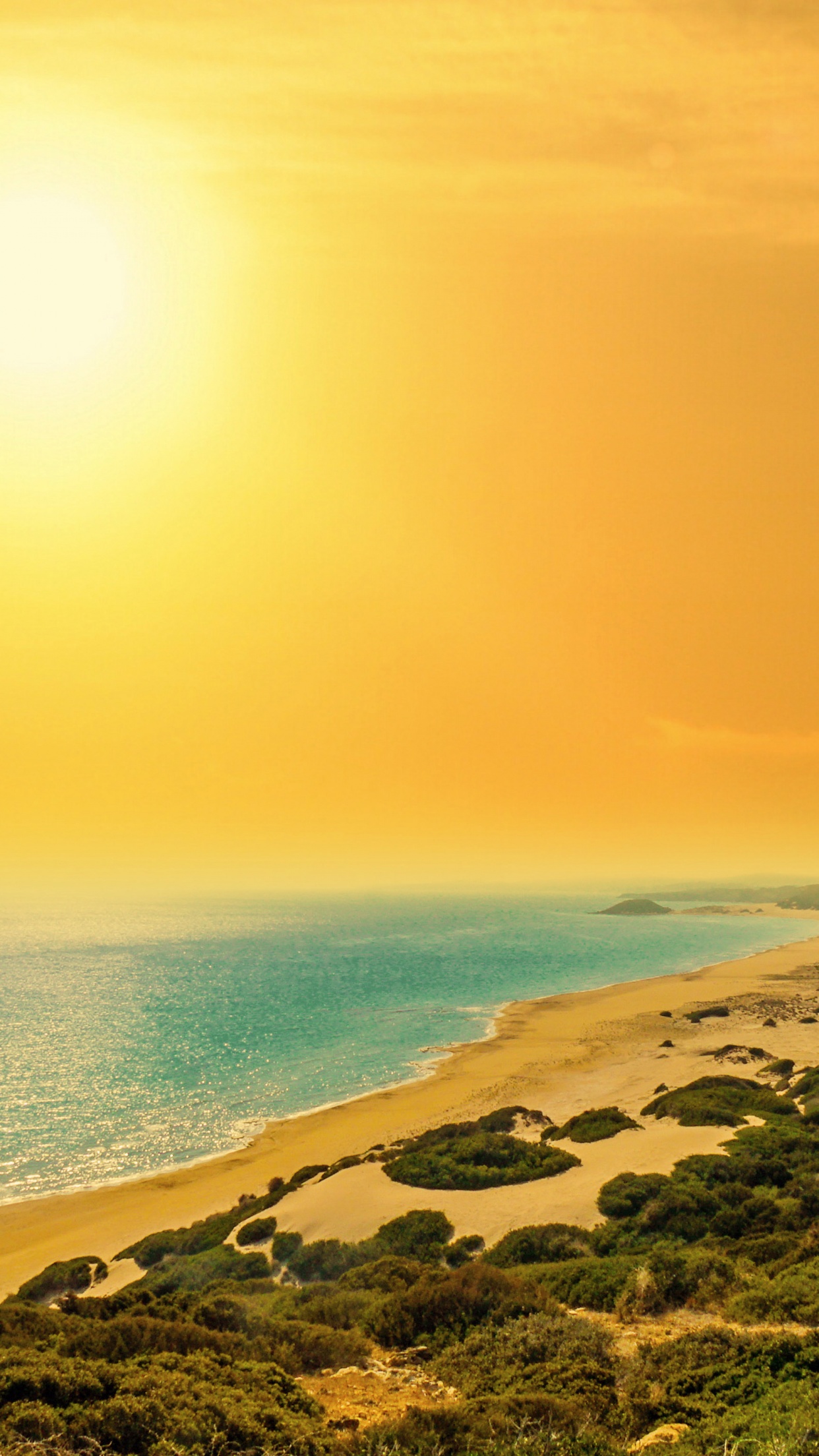

Whether you believe it or not, the foundation of that story is true in the sense that Hawaiians have long considered it unlucky or ill-advised to disturb/remove rocks from a place unless certain protocol is followed or ceremonies are performed or someone skilled (like a Kahuna) does it for you. For this reason, the building of structures on the island (Heiaus and such), were undertaken by specialists in that field, and Kahunas (or priests) who knew the correct protocol to remove and use only certain types of rocks. Therefore, all rocks in Hawaii are considered sacred. Almost as if it’s a part of the family - and we must care for our family, in it’s many forms. It feeds them, provides for them, and is a part of them. It’s in this way that Hawaiians view their environment. We know our pets aren’t human but, in some ways, we care for them (and even regard them) as if they were. This is comparable to how, in Western culture, we see certain “human” traits in our animals. In fact, many of the Hawaiian words regarding stones are anthropomorphic (attributing human characteristics to a non-human being or thing). You see, Hawaiians believe that everything has life force, or “Mana”, and that certain spirits or life forces can inhabit inanimate objects.

(You can view a gallery of returned rock stories and photos here.) Photo: Wikipedia Commons The sudden downpour of bad luck can continue for months, or even years, until the “stolen” items are returned to the island (and to Pele). The bad luck associated with Pele’s curse is more of the egregious variety: Pets dying (one of the more common reported calamities), relationships ending, loved ones suddenly falling ill, etc. This isn’t a spilled-your-coffee, lost-your-car-keys type of curse. Moreover, her revenge (like that of any woman scored) is not a mild-mannered one. Since Pele is (reportedly) zealously protective of her lands and her children.Īccording to legend, Pele views the lava rocks as her children, and when the rocks / her children (or anything else that belongs to her) get taken away, she is so angered she exacts terrible revenge on the thief. Pele has long been revered as the island matriarch and it is through her creative and protective power that the curse of Pele was said to have been born. Whether or not you believe in bad luck, below are a few reasons why you may want to think twice before taking some sand (or rocks) home with you as a souvenir. Packages returning rocks and sand, accompanied by letters telling of the misfortune and calamity they caused, flood Hawaiian mailboxes at a rate that would give pause to even the most skeptical among us.Ĭan a rock or sand souvenir really bring misfortune to the unsuspecting tourist who casually pockets it from a Hawaiian beach or park? While some scoff at the notion that bad luck can be blamed on a rock, others have come to believe that rocks and sand taken from Hawaii do, in fact, fetch with them a curse of epic proportion. This letter by Timothy Murray is among thousands of apologetic correspondence received by Hawaii Volcano National Park (and local post offices) annually. Please forgive me and I pray that once I send it back to where it came from my bad luck will go away.” I have had very bad luck since it came into my life and I’m very sorry I took it. “Please take this sand and put it back somewhere on your island.


 0 kommentar(er)
0 kommentar(er)
